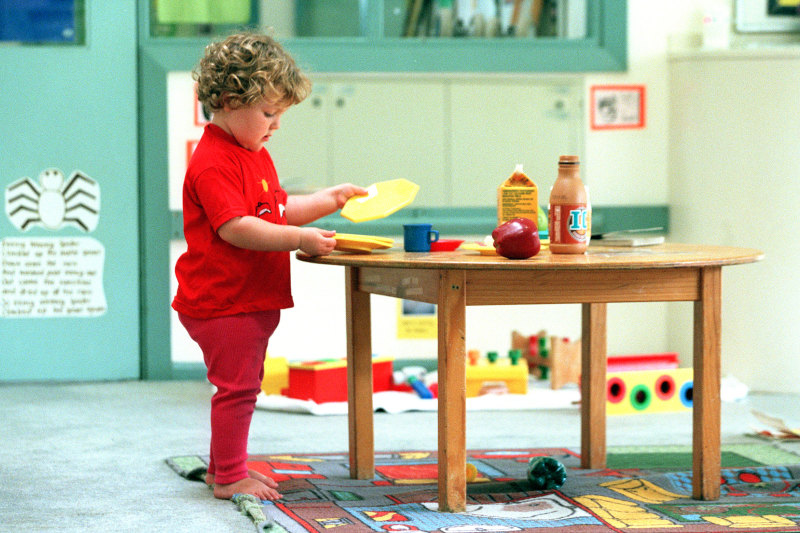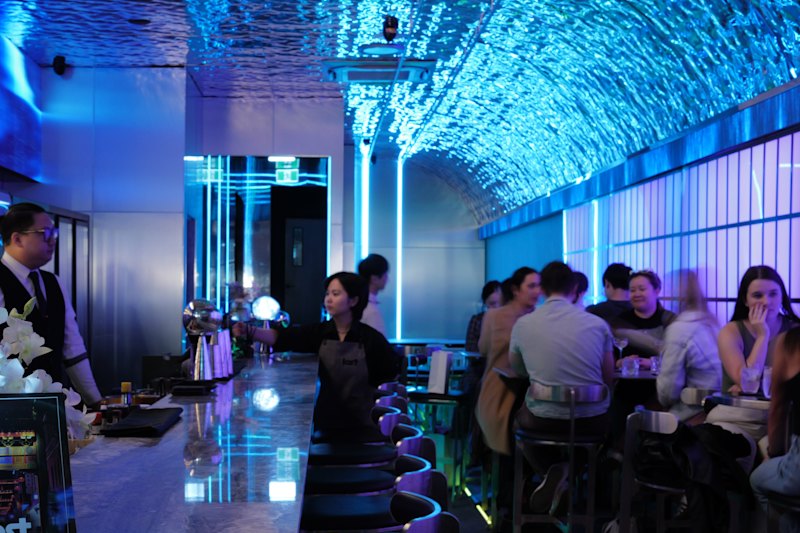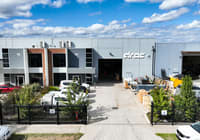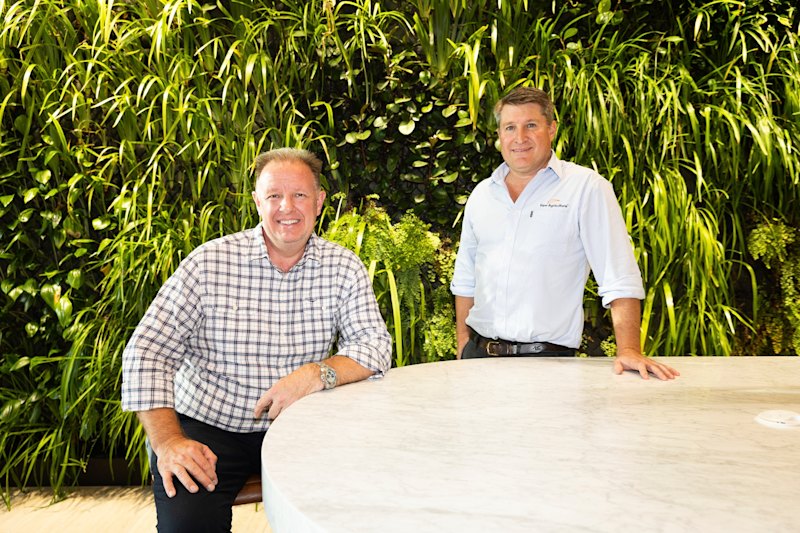
Why childcare is the ‘shining star’ of the property market
Rising interest rates, inflation and working from home may have knocked the wind out of the commercial property market, but childcare is quickly emerging as the standout performer in the sector, as investors seek out alternatives to empty offices.
While offices are experiencing depressed market conditions, with dwindling transactions and markdowns in values, childcare centres have proven to be far more resilient.
The catalyst for the surge in demand for childcare properties is the federal government’s new subsidy system, which came into effect on July 10 and is valued at a staggering $5.4 billion.

By raising the family income limit on childcare subsidies from $356,756 to $530,000 a year, and increasing subsidies to families earning $80,000 or less, the government has made up to 40,000 previously ineligible families eligible for subsidies.
The new system has instilled confidence in the childcare sector among investors, making it one of the top-performing markets in 2023.
Mark Stafford, healthcare and life sciences executive at agency JLL, says, “not only will this new subsidy bring new children into childcare programs, it will also see an increase in the utilisation of services by existing children already enrolled”.
‘We saw an immediate lift in centre tours from prospective families and families looking to secure increased days for their children.’
Addy Singh, owner of Learning Ladder Early Learning Centres
Data from JLL reveals that children currently spend an average of two to 2.5 days a week in childcare. If parents were to enroll their children for just an additional day, it would potentially lead to a 40 per cent to 50 per cent increase in occupancy at many centres.
Addy Singh, owner of Learning Ladder Early Learning Centres, which operates in five Victorian locations, has witnessed a noticeable increase in occupancy rates at his centres.
“We saw an immediate lift in centre tours from prospective families and families looking to secure increased days for their children,” Singh said. “Our centres have well above 80 per cent occupancy, pushing us to seek out new locations to keep up with growing demand.”
The escalating demand for childcare places is further fuelled by Australia’s projected population growth, set to reach 30 million by 2033. This will inevitably lead to more parents seeking reliable and high-quality childcare services.
Industry analysts are optimistic about the sector’s future, with IBISWorld forecasting that Australian revenue in early education will soar to $17.2 billion by the 2028-29 financial year, up from $14 billion in 2021-22.
The appetite for early education assets has surged 40-fold in the past decade, as investors prioritise properties with strong underlying land values and reputable tenants.
It has had a remarkable impact on prices. A decade ago, purchasing an early education centre would cost about $1 million, but today, these properties change hands for an average $6 million.

Ray White Commercial sold five western Sydney childcare sites in 30 days earlier this year, worth $14.2 million. It recently sold a 155-place childcare facility in suburban Menai for $10.3 million – the largest transaction in NSW childcare sector for 2023. It is a similar story in Victoria, with JLL reporting 15 centres changing hands for more than $72 million in June alone.
Long leases have emerged as one of the primary attractions for childcare centre investors. The Burgess Rawson report revealed new leases are being signed for an average of 12 to 15 years, offering a level of long-term security unavailable in other property sectors, such as offices.
While larger childcare operators, such as Goodstart Early Learning and ASX-listed G8 Education, have increased their market share, independent centres still account for 60 per cent of the market.
However, with corporate interest growing rapidly, industry consolidation is on the horizon as larger players seek to acquire smaller centres for high prices.
‘Growth in Australia’s younger population will underpin the childcare industry for at least the next 20 years.’
Cushman & Wakefield report “Child’s Play: An Overview of the Australian Childcare Market”
Institutions like Charter Hall, Arena Real Estate Investment Trust, and Australian Unity are showing significant interest in the sector. Arena holds a portfolio of 271 properties, with 260 of them being early education centres. Charter Hall boasts 359 centres.
Cushman & Wakefield’s report, titled Child’s Play: An Overview of the Australian Childcare Market, indicates that $520 million worth of childcare centres changed hands in the past year, marking a 30 per cent increase over pre-COVID averages.
“Growth in Australia’s younger population will underpin the childcare industry for at least the next 20 years,” according to the report. Moreover, Asian-based capital has also taken notice of the potential in the Australian childcare market.
JLL’s head of Asia Markets, Mingxuan Li, says investment fundamentals, government funding, and the safety of our property market are attracting new entrants and experienced investors from Asia.
“JLL expects to see even more sales in the second half of the year, especially in the more-affordable sub-$10 million price range, seeing off market headwinds brought about by the rising debt markets and uncertainty in other key markets,” he says.
Childcare is as a shining star in the commercial property market. As Australia’s population grows, the appetite for early education assets are at a record high and, with strong interest from institutional and international investors, the future of sector looks bright.











